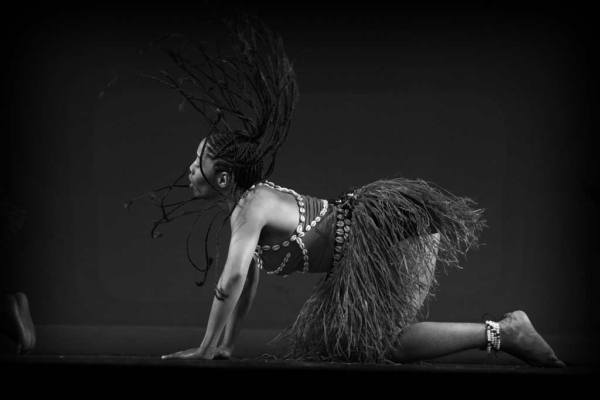TEACHERS: Will you be educating your students on The Civil Rights Movement or on racism this fall? Do you need fresh discussion topics, readings, assignments, etc.? Look no further than Black and Cuba’s complete syllabus guide!
Watch Lee Daniels’ The Butler and then watch the award winning documentary Black and Cuba. The Butler “tells the story of a White House butler who served eight American presidents over three decades. The film traces the dramatic changes that swept American society during this time, from the civil rights movement to Vietnam and beyond, and how those changes affected this man’s life and family.” Watching both of these films will create a deeper appreciation of the progress made on civil rights as well as a greater understanding on the parallels of racism in the United States and Cuba.
Lee Daniels’ The Butler and Black and Cuba go hand in hand as vital sources for your course. Find even more lesson plans in our complete syllabus guide today!
http://blackandcuba.tumblr.com/CollegesandUniversities






